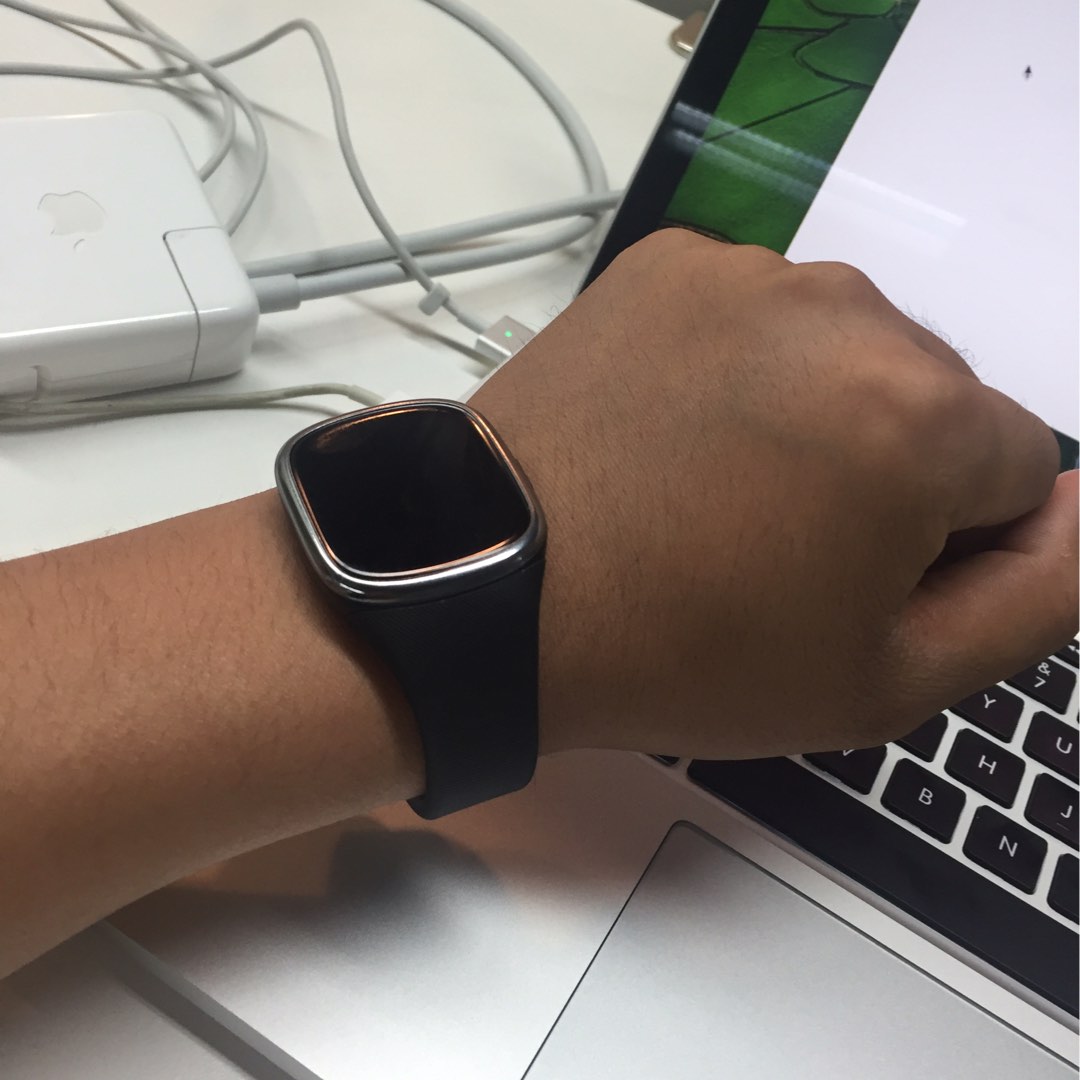如何在 ggplot2 散点图上覆盖 lm 对象的线条
我有一些数据,
calvarbyruno.1<-structure(list(Nominal = c(1, 3, 6, 10, 30, 50, 150, 250), Run = structure(c(1L,
1L, 1L, 1L, 1L, 1L, 1L, 1L), .Label = c("1", "2", "3"), class = "factor"),
PAR = c(1.25000000000000e-05, 0.000960333333333333, 0.00205833333333334,
0.00423333333333333, 0.0322333333333334, 0.614433333333334,
1.24333333333333, 1.86333333333333), PredLin = c(-0.0119152187070942,
0.00375925114245899, 0.0272709559167888, 0.0586198956158952,
0.215364594111427, 0.372109292606959, 1.15583278508462, 1.93955627756228
), PredQuad = c(-0.0615895732702735, -0.0501563307416599,
-0.0330831368244257, -0.0104619953693943, 0.100190275883806,
0.20675348710041, 0.6782336426345, 1.04748729725370)), .Names = c("Nominal",
"Run", "PAR", "PredLin", "PredQuad"), row.names = c(NA, 8L), class = "data.frame")
calweight <- -2
为此我创建了线性和二次 lm 模型,
callin.1<-lm(PAR~Nominal,data=calvarbyruno.1,weight=Nominal^calweight)
calquad.1<-lm(PAR~Nominal+I(Nominal^2),data=calvarbyruno.1,weight=Nominal^calweight)
然后我可以使用 ggplot2 绘制我的数据值
qplot(PAR,Nominal,data=calvarbyruno.1)
,但无法弄清楚如何覆盖代表两个 lm 对象的线...有什么想法吗?
I have some data,
calvarbyruno.1<-structure(list(Nominal = c(1, 3, 6, 10, 30, 50, 150, 250), Run = structure(c(1L,
1L, 1L, 1L, 1L, 1L, 1L, 1L), .Label = c("1", "2", "3"), class = "factor"),
PAR = c(1.25000000000000e-05, 0.000960333333333333, 0.00205833333333334,
0.00423333333333333, 0.0322333333333334, 0.614433333333334,
1.24333333333333, 1.86333333333333), PredLin = c(-0.0119152187070942,
0.00375925114245899, 0.0272709559167888, 0.0586198956158952,
0.215364594111427, 0.372109292606959, 1.15583278508462, 1.93955627756228
), PredQuad = c(-0.0615895732702735, -0.0501563307416599,
-0.0330831368244257, -0.0104619953693943, 0.100190275883806,
0.20675348710041, 0.6782336426345, 1.04748729725370)), .Names = c("Nominal",
"Run", "PAR", "PredLin", "PredQuad"), row.names = c(NA, 8L), class = "data.frame")
calweight <- -2
for which I've created both a linear and a quadratic lm model
callin.1<-lm(PAR~Nominal,data=calvarbyruno.1,weight=Nominal^calweight)
calquad.1<-lm(PAR~Nominal+I(Nominal^2),data=calvarbyruno.1,weight=Nominal^calweight)
I can then plot my data values using ggplot2
qplot(PAR,Nominal,data=calvarbyruno.1)
But can't work out how to overlay a line representing the two lm objects... Any ideas ?
如果你对这篇内容有疑问,欢迎到本站社区发帖提问 参与讨论,获取更多帮助,或者扫码二维码加入 Web 技术交流群。

绑定邮箱获取回复消息
由于您还没有绑定你的真实邮箱,如果其他用户或者作者回复了您的评论,将不能在第一时间通知您!


发布评论
评论(2)
最简单的选择是使用 geom_smooth() 并让 ggplot2 适合您的模型。
或者您可以使用预测值创建一个新数据集。
The easiest option is to use geom_smooth() and let ggplot2 fit the model for you.
Or you can create a new dataset with the predicted values.
早些时候我问了一个相关的问题,哈德利有 这个答案很好。使用该文章中的预测函数,您可以向数据添加两列。每个模型一个:
然后就是绘制点并将每个模型添加为一条线的问题:
会产生这张漂亮的图片(是的,颜色需要一些工作):
这 sstatic.net/KLlby.png" rel="nofollow noreferrer">
(来源:cerebralmastication.com)
Earlier I asked a related question and Hadley had this good answer. Using the predict function from that post you can add two columns to your data. One for each model:
Then it's a matter of plotting the point and adding each model in as a line:
And that results in this nice picture (yeah the colors could use some work):
(source: cerebralmastication.com)